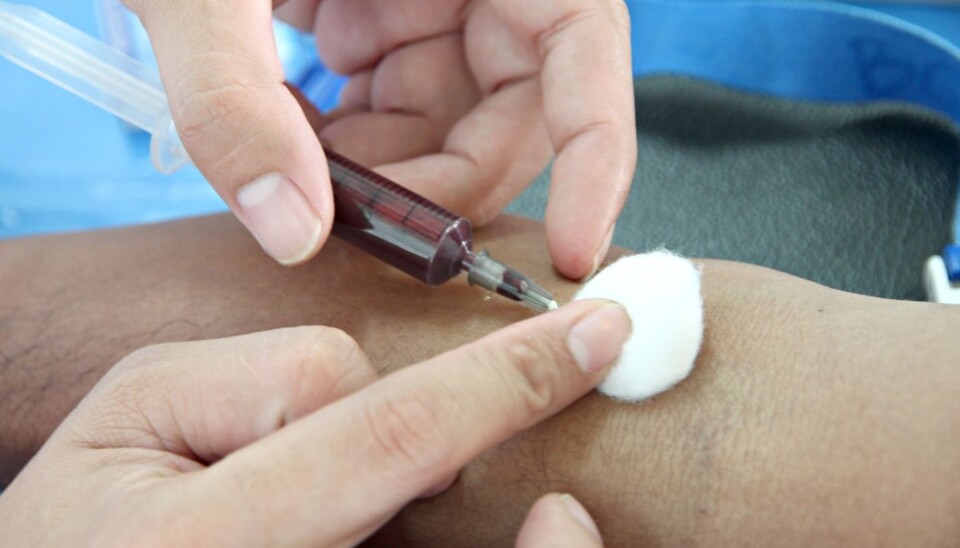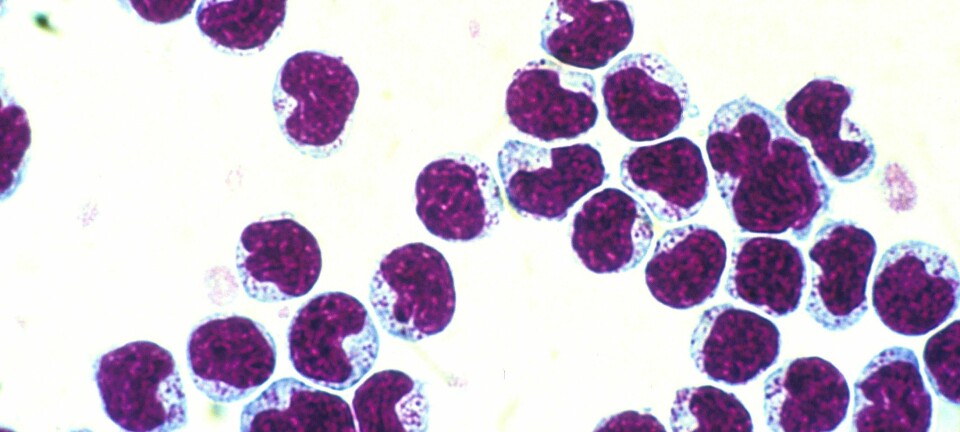
New blood vessels in just seven days
Just start with a few teaspoons of blood.
A recent study published by medical researchers at Sahlgrenska Academy in Gothenburg, Sweden offers some new hopes for the upwards of 25 million individuals in westernised societies suffering various vascular disorders.
Common problems are blood clots, cysts and infections in arteries and veins. These lead to bulging, obstructions and hardening of blood vessels which in turn can cause strokes, arterial aneurisms, pulmonary embolisms and heart attacks.
The idea of taking stem cells directly from the blood to generate new vessels cropped up when researchers at Sahlgrenska University Hospital were conducting transplants on two young children. They both lacked a vein running from the gastrointestinal tract to the liver. The transplant on the first child was made from her bone marrow.
“Drilling into bone marrow is very painful. It occurred to me that there must be some way to get stem cells from the blood instead,” says Suchitra Sumitran-Holgersson in a press release issued by the University of Gothenburg.
Sumitran-Holgersson is a professor of transplant biology at Sahlgrenska Academy. She initiated the new procedure together with colleague Michael Olausson, a surgeon and professor at the same institution.
The new study and the results of the second operation have been published in EBioMedicine.
25 millilitres of blood and one week
Just 25 millilitres of blood sufficed to generate a new vein. Sumitran-Holgersson’s idea proved to be very successful. Blood contains the same type of stem cell as bone marrow and the extraction process and engineering of a new vein worked on the first try.
The new method speeds up the whole process and eliminates painful extraction of stem cells from bone marrow.
“The blood itself accelerated the growth of the vein. The entire process took only a week, as opposed to a month in the first case. The blood contains substances that naturally promote growth,” explains Suchitra Sumitran-Holgersson.
Michael Olausson and Suchitra Sumitran-Holgersson have treated three patients to date. Two to three years after these transplants, Sumitran-Holgersson says that two of the three children still have functioning blood vessels. The third patient is still under treatment and the result is more uncertain.
The researchers think their new method can benefit other types of patients who need new blood vessels.
“It could for instance be applicable for patients with varicose veins or problems related to heart attacks,” says Sumitran-Holgersson.
---------------------------
Read this article in Norwegian at forskning.no
Translated by: Glenn Ostling







